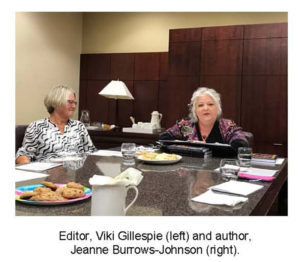
PUT SOME ZING IN YOUR PUBLIC Appearances!
Today, I am using the phrase “Public speaking” to cover several means of communicating orally. First there are traditional public addresses, usually delivered from a podium. The Internet, radio, television, video, and other methods for presenting your image and words can also be included within this classification. Within a broader context, I believe it’s also appropriate to consider audio books and interviews.
In my blog on Author Appearances , I summarized some of the necessary preparation for successful public readings of an author’s work. My comments encompassed a few basics for evaluating, seeking, scheduling, and marketing potential engagements. I also skimmed over aspects for preparing yourself visually and vocally.
Today’s blog offers suggestions for preparing materials you’ll need prior to and during speaking engagements as an author. Some of these items may be useful in garnering opportunities for public addresses; others for shaping a rapidly-arranged display; and, some for quick reference during Question and Answer moments. All of them will be subject to constant redesign, as pertinent text and images evolve over your writing career.
Aside from the free-flow of dialogues with interviewers, you should be able to control most aspects of oral presentations—with the understanding that the mechanism by which your words are captured and projected can affect the tone and quality of your voice…
PROMOTIONAL MATERIALS
There are several support items you should have available for general marketing, as well as for your public appearances and speaking engagements. Some of these may be appropriate to share with the event organizers in advance of your talk. Depending on the venue, you may be able to set up a display, which I will discuss in Part III of this series, Public Speaking to Enhance Branding, to be featured on Hometown Reads in September, 2018.
~ Business Cards. Consider double-sided, or even folded cards, to promote multiple facets of your work. As the author of the Natalie Seachrist Hawaiian mysteries, I now utilize a folding card that allows me to mention my authorship and marketing consultancy on the outer sides, and two published books on the inside.
~ Biographies. To meet a variety of needs, the length may range from a sentence to multiple pages. See a discussion of the need for biographies at imaginingswordpower.com/bios-to-empower-you.html.
~ Résumés. Having résumés of varying lengths and types (sometimes on letterhead stationery) is useful. As I periodically provide marketing advice to executives and their organizations, I have résumés that address that aspect of my work, as well as another offering information on my authorship. Go to imaginingswordpower.com/resume—career-tips.html to view résumé and career tips.
~ Handouts. Depending on your audience, these may range from key talking points to reference data.
~ Fliers and Sales Sheets. These should feature specific books and other products you wish to promote. At this time, I am utilizing a double-sided flier. It features Prospect for Murder and Murder on Mokulua Drive. I also have one describing Conversations with Auntie Carol, an oral history project planned for publication as both an audio and print book.
~ Media Releases. I use a format highlighting the Ws of journalism–Who, What, When, and Where. View samples for both print and broadcast media outlets at imaginingswordpower.com/media-release-samples.html.
~ Photographs. Large and small, some should show you holding one of your books.
~ Posters and Banners. These can range from you and your current work to previous events.
TO SCRIPT OR NOT TO SCRIPT YOUR DELIVERY…
With regard to your actual presentation, let’s consider the text of your talk. Do you require a formally written speech in order to provide an effective performance? Before you answer, consider the environment in which you’ll be speaking and your audience, as well as your strengths and weaknesses as a speaker. Personally, I find that while I may wish to use a scripted opening and closing, I like to refer to a detailed outline during most of my talk. In addition, I prepare a list of key points and facts to reference during Question and Answer sessions.
I carefully prepare all text that must be read accurately. Knowing that electronic devices can fail during a performance, I always carry hardcopy of the material I will present. And, while some speakers choose to read directly from published materials, or manuscripts, I employ the following guidelines to maximize the flow of the reading from scripted text:
~ To minimize the number of pages, I use 1.5-line spacing and half-inch margins on 8.5 x 11-inch paper.
~ To maximize readability, I utilize 14-point fonts, with Underscore, Bold and All caps as needed, with Seraphed Fonts for general text [unless you have a vision problem] and Non-Seraphed for titles.
~ To enhance the flow of your reading, end pages with the completion of paragraphs and quotes.
~ Present character voices in colorized text. To facilitate pronunciation of regional accents and foreign words, insert ellipses, commas, hyphens between syllables, and/or other marks. For the Southern accented voice of Lieutenant John Dias in Prospect for Murder, I modified the text from which I read:
Book: Ariel will be coming to the apartment tomorrow.
Script: Ahr-iell will be com-n’ to the ap-ahrt-ment tom-mar-ah.
ORGANIZING SCRIPTED PAGES
If you are using a script for a public appearance, you will need to organize it for easy reference.
~ Insert single pages of your text in low-glare archival sleeves. This actually kills the rustling of paper.
~ Put sleeves within a solid colored three-ring binder. The front can feature one of your book jackets.
~ Position each sleeve uniformly on either the right or the left-hand side of the folder. This will minimize the movement of your head while turning pages. This will be less distracting to your audience and minimize variations in the sound quality at a podium microphone.
~ Place clearly labeled dividers between sections. This will facilitate spur-of-the-moment shifts you may wish to make during your presentation and Q&A follow-up.
~ Convert softcover editions of your books to spiral binding for quick reference and reading in less formal settings. You can insert sticky notes or other markers for passages you wish to access.
In my next blog, we’ll consider aspects of space and equipment during your public appearance…
Wishing you the best in your creative endeavors,
Jeanne Burrows-Johnson, author, consultant, and motivational speaker
Suggestions for Dynamic Public Appearances are available in these blog posts:
Author Appearances, December 2015
Promo Materials for Public Speaking, July 2018
All the World’s a Stage, August 2018
Final Preparations for Public Speaking, September 2018
To learn more about the award-winning Natalie Seachrist Hawaiian Mysteries, including Murders of Conveyance [Winner, Fiction Adventure-Drama, 2019 New Mexico-Arizona Book Awards] and other projects, please drop in at my author’s website JeanneBurrows-Johnson.com. You’ll even find Island Recipes that might inspire your culinary creativity.
For more ideas to strengthen your Wordpower© and branding, please visit: Imaginings Wordpower and Design Consultation.
Follow Me:
Amazon, Arizona Authors Association, Apple Books
Audible, Authors Den, Barnes and Noble, Blogarama, Book Bub
Cozy Mysteries-Unlimited, Facebook, Good Reads, Hometown Reads
Book sellers may contact book distributors such as:
Baker & Taylor, Follett, IPG, Ingram, Mackin, Midpoint, TitleWave



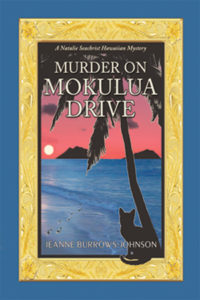



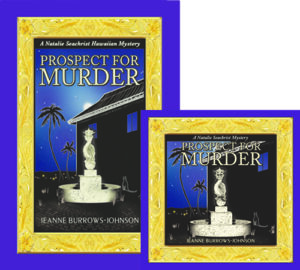
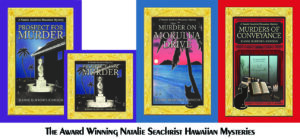


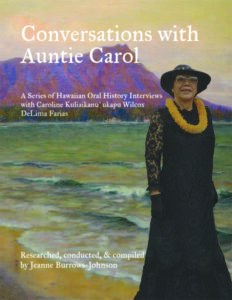


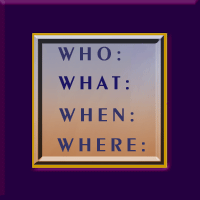


 Confronted By a Fantasia of Fonts?
Confronted By a Fantasia of Fonts?